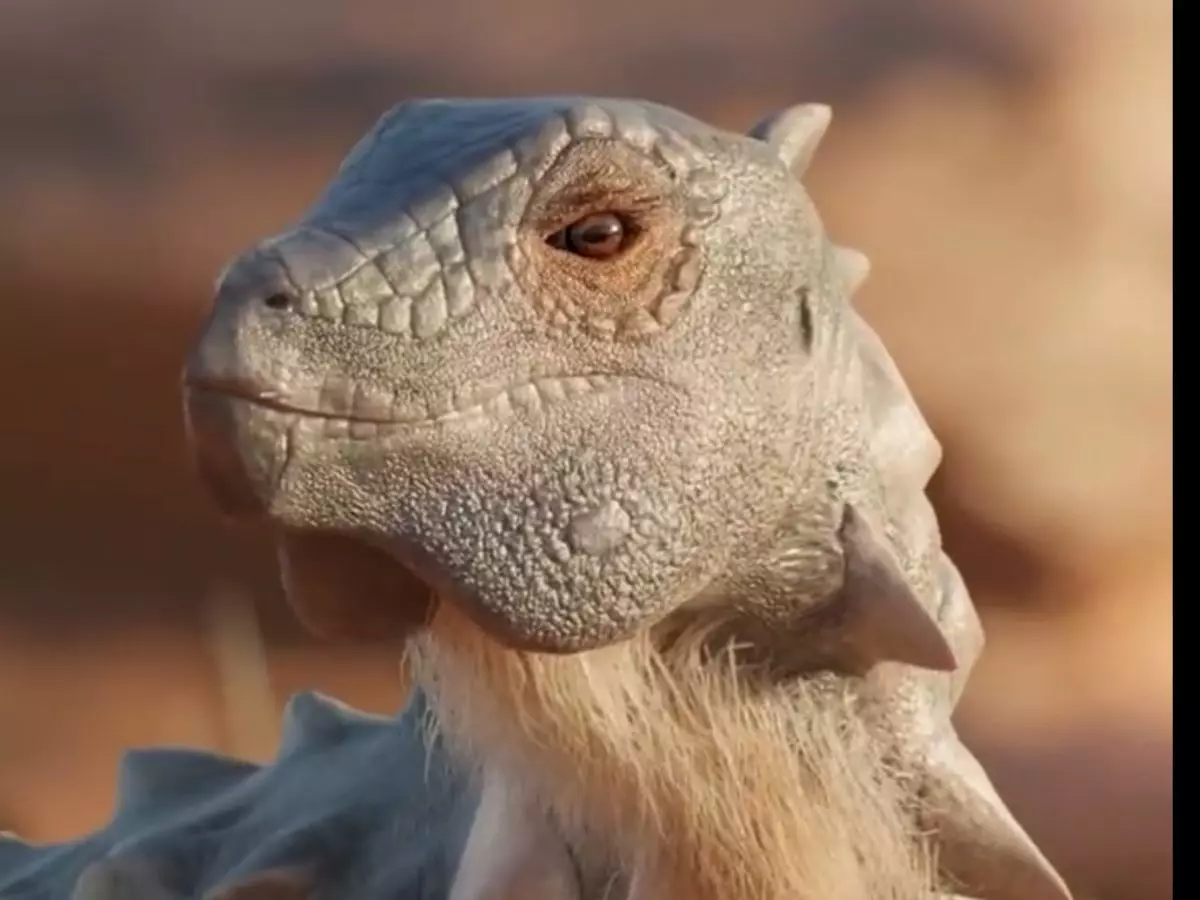Researchers Discover First-Of-Its Kind- Armoured Dinosaur Fossils In Argentina
According to the researchers, Jakapil belongs to the thyreophorans species alongside other armour-clad dinosaurs such as ankylosaurus and stegosaurus.

A previously unknown species of an armoured dinosaur have been discovered by researchers in Argentina.
 (Mauricio ?lvarez and Gabriel D¨ªaz Yanten)
(Mauricio ?lvarez and Gabriel D¨ªaz Yanten)
Also Read: 93-Million-Year-Old Crocodile Fossils Reveal A Baby Dinosaur Inside Its Stomach
Named Jakapil kaniukura, it¡¯s the first of its kind to be discovered in the South American region, reveals a report by ScienceAlert. As per the discovery, the dinosaur could have been a bipedal, sporting a short beak as well as bone disk-shaped armour along its neck.
According to the researchers, Jakapil belongs to the thyreophorans species alongside other armour-clad dinosaurs such as ankylosaurus and stegosaurus.
It was discovered at the Felix de Azara Natural History Foundation in Argentina. The team discovered the partial remains of Jakapil in the Rio Negro province in northern Patagonia.
According to Sebastian Apesteguia, the lead palaeontology from this research, this discovery is the first definitive thyrephoran species from the Argentinian Patagonia. As per the research, even though Jakapil was an ancient species of thyreophoran, the remains found date back 97 million and 94 million years ago during the Cretaceous period -- also referred to as the last era of dinosaurs.
What¡¯s surprising is that such older kinds of thyreophorans seem to have gone extinct by the Middle Jurassic period. They were surprised to see an ancient lineage of thyreophorans to have survived all the way until the Late Cretaceous period.
 (Mauricio ?lvarez and Gabriel D¨ªaz Yanten)
(Mauricio ?lvarez and Gabriel D¨ªaz Yanten)
Also Read: Indian Scientists Find A Rare, 157 Million Year Old Dinosaur Fossil In Gujarat's Kutch Desert
Gabriel Diaz Yanten, a Chilean paleoartist and palaeontologist student at Rio Negro National University, used computer-based reconstruction to show us what the dinosaur would truly look like had it been alive.
According to the researchers, the dinosaur could have been around five feet long and weighed around four to six kilograms. It also possessed teeth similar to a stegosaurus, indicating that the dinosaur could have been a plant-eating species.
For more in the world of technology and science, keep reading Indiatimes.com.
